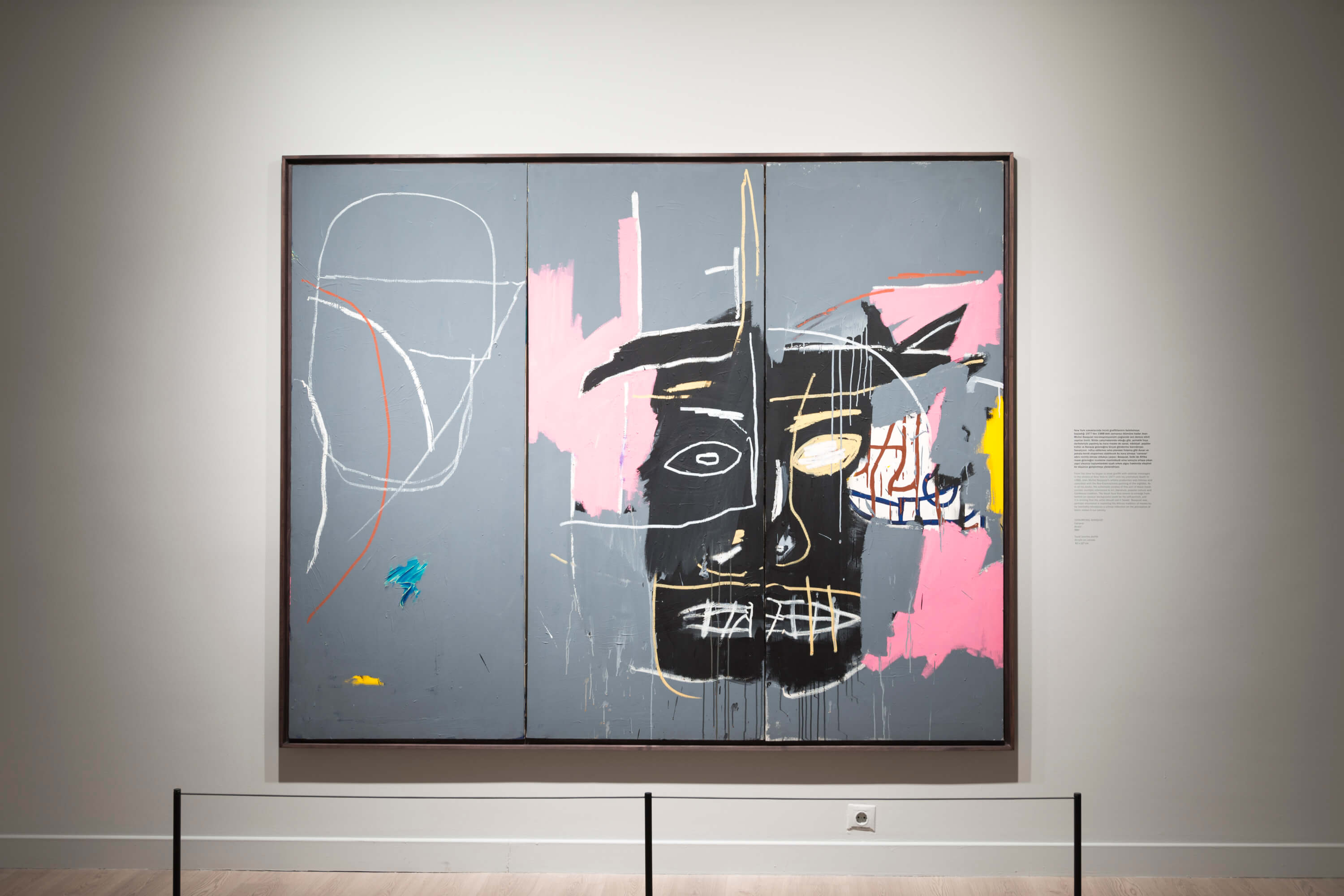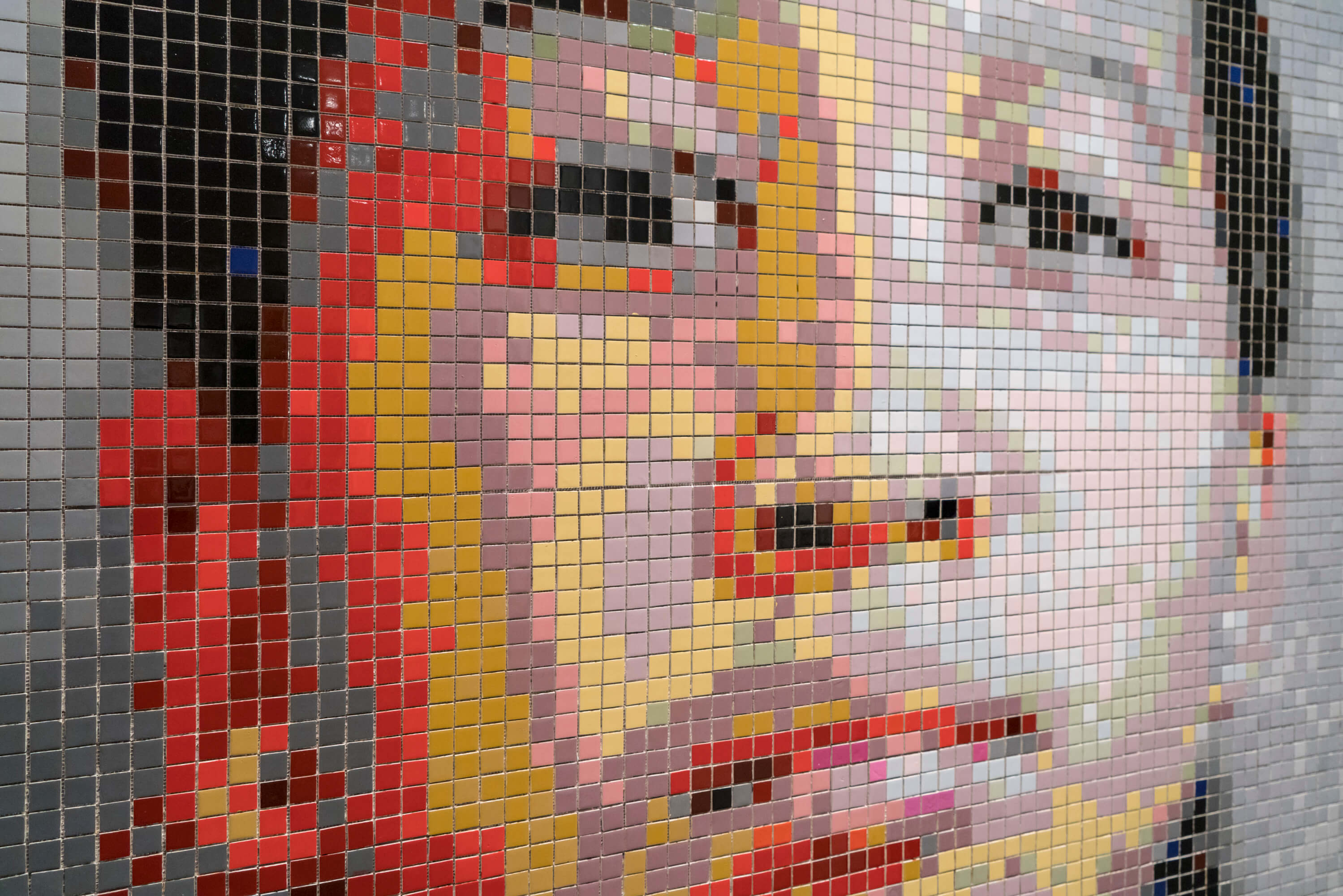Pera Kids
Ages 7-9
How would you like to get together with our family to play “what’s it like” using cups? First, we will select cups of different shapes and sizes, which we will place in the middle where everyone can see. Each turn, someone gets to be “it”. For the first turn, one player has to volunteer to become “it”, and then select one cup from the group, without showing or telling the others. The other players will then ask “what’s it like”, trying to identify the cup using the hints about its color, shape, size and utility. The player who correctly guesses the cup becomes “it” next, and the game continues. If you wish, you can select from one of the cups on display at the Coffee Break exhibit.
Related Exhibition: Coffee Break
Illustrator: İpek Kay
Game Writer: Neray Çeşme
This program is presented especially for the 100th anniversary of the April 23 National Sovereignty and Children’s Day, inspired by Pera Museum's digital exhibitions.

The exhibition “Look At Me! Portraits and Other Fictions from the ”la Caixa” Contemporary Art Collection” examined portraiture, one of the oldest artistic genres, through a significant number of works of our times. Paintings, photographs, sculptures and videos shaped a labyrinth of gazes that invite spectators to reflect themselves in the social mirror of portraits.

The exhibition “Look At Me! Portraits and Other Fictions from the ”la Caixa” Contemporary Art Collection” examined portraiture, one of the oldest artistic genres, through a significant number of works of our times. Paintings, photographs, sculptures and videos shaped a labyrinth of gazes that invite spectators to reflect themselves in the social mirror of portraits.
Tuesday - Saturday 10:00 - 19:00
Friday 10:00 - 22:00
Sunday 12:00 - 18:00
The museum is closed on Mondays.
On Wednesdays, the students can
visit the museum free of admission.
Full ticket: 300 TL
Discounted: 150 TL
Groups: 200 TL (minimum 10 people)